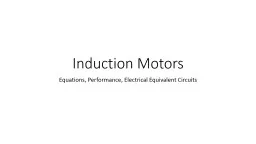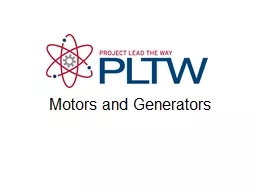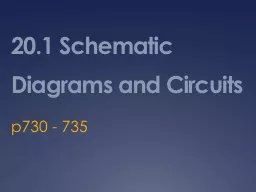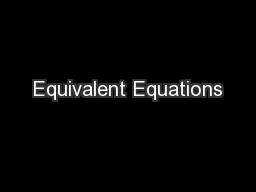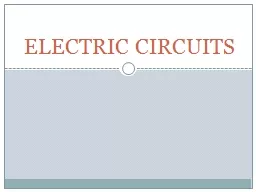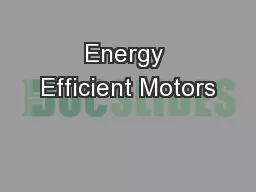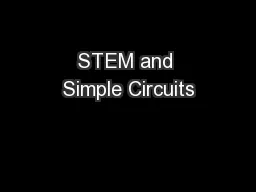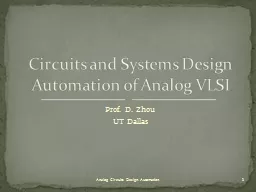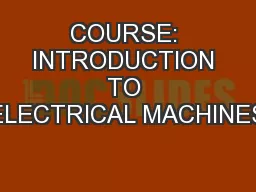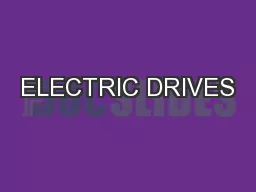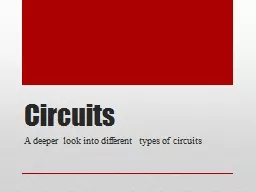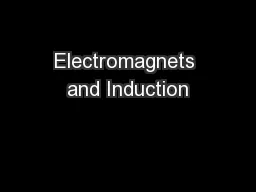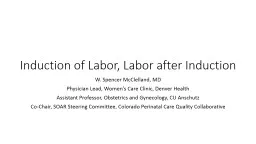PPT-Induction Motors Equations, Performance, Electrical Equivalent Circuits
Author : jane-oiler | Published Date : 2018-09-22
Induction Motor by Bullet Points Stator generates rotating sinusoidal BField This field induces current in the rotor cage loops at The stator BField at each rotor
Presentation Embed Code
Download Presentation
Download Presentation The PPT/PDF document "Induction Motors Equations, Performance,..." is the property of its rightful owner. Permission is granted to download and print the materials on this website for personal, non-commercial use only, and to display it on your personal computer provided you do not modify the materials and that you retain all copyright notices contained in the materials. By downloading content from our website, you accept the terms of this agreement.
Induction Motors Equations, Performance, Electrical Equivalent Circuits: Transcript
Download Rules Of Document
"Induction Motors Equations, Performance, Electrical Equivalent Circuits"The content belongs to its owner. You may download and print it for personal use, without modification, and keep all copyright notices. By downloading, you agree to these terms.
Related Documents

